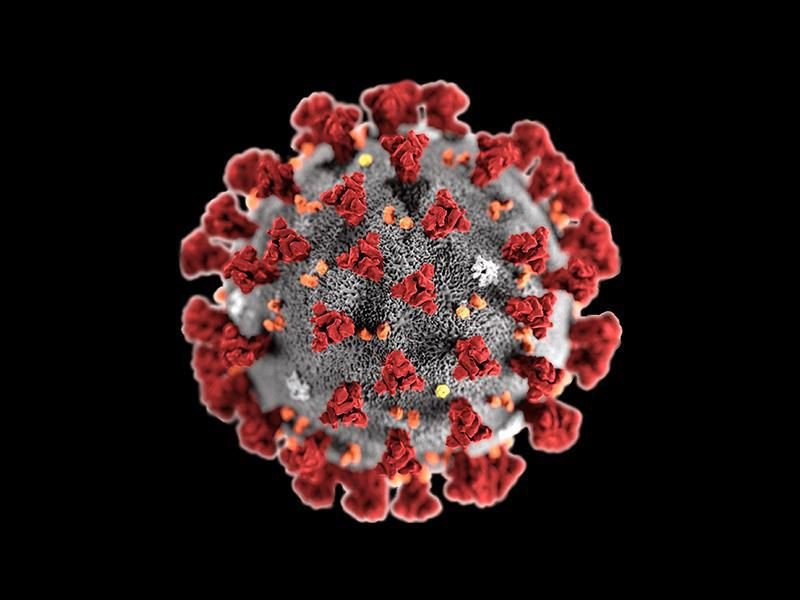Since it is a massive vitamin source with loads of nutritional value, the salad dish is a must part of meals. Like other basic nutrients, vitamins are essential to maintaining the health condition good since they affect the normal growth and development of the body.
Because each vitamin has its unique roles in the biological pathways where it’s involved, no vitamin should ever be disregarded. Hence, getting enough amounts of each vitamin ensures the well functioning of the body processes. While most members of the vitamin B complex help the enzymes in their work as catalysts. A vitamin, in general, is either water-soluble or fat-soluble.
Read: Body Detox by Foods & Drinks
The Fat-soluble (A, D, E, and K)
Due to being soluble in the fat environment, they can stay in the body for a long time which can be up to months! Liver and fat tissues are their reservoirs.
Vitamin A
This vitamin is necessary for eye health and night vision. Besides, it helps the body in boosting the immune response against invaders and infections.
Sources:
- Colorful vegetables and fruits like carrots, bell peppers, tomatoes, sweet potatoes, and cantaloupes.
- Dark green leafy veggies such as kale and spinach.
- Liver.
- Oatmeal.
Vitamin D
The natural vitamin D is formed in the skin upon exposure to sunlight. Vitamin D aids in absorbing and utilizing calcium. Thus, vitamin D is complementary to calcium for building up bones and teeth. As a result, vitamin D and calcium amounts in the body define how healthy the bones and teeth are.
Sources:
- Liver.
- Egg yolks.
- Mushrooms.
- Fish.
Vitamin E
Due to having 8 different forms, vitamin E has different biological activities. The most significant of them is alpha-tocopherol. Vitamin E is significant in the formation of red blood cells (RBCs). Moreover, it is a powerful antioxidant that fights free radicals.
Sources:
- Seeds.
- Nuts.
- Olives.
- Wheat.
- Oats.
Vitamin K
Vitamin K is vital for blood clotting because the clotting factors rely on this vitamin. It is not only necessary for that but also for building strong bones and preventing heart diseases.
Sources:
- Green leafy vegetables.
- Broccoli.
- Dairy products.
[Click on the image for the large preview]
Infographic source: lifehack.org.
The Water-soluble (C and the B complex)
Unlike the fat-soluble vitamins, the water-soluble ones are unlikely to stay long in the body since they readily reach the bloodstream and get excreted with urine. Hence, the body needs them more often.
Vitamin C
This vitamin is probably the most valuable body ally during the cold and flu battles. Apart from that, it is necessary for the health of skin and blood vessels as well as the healing of wounds. Vitamin C/Ascorbic acid is also a strong antioxidant that pushes off infections. Furthermore, it is important for iron absorption in the GIT.
Sources:
- Citrus fruits.
- Strawberries.
- Kiwi.
- Broccoli.
- Tomatoes.
- Bell peppers.
Vitamin B Complex
The B vitamins are essential to enzymes’ actions and the formation of red blood cells.
Sources:
- Fish and seafood.
- Poultry and meat.
- Dairy products and eggs.
- Green leafy vegetables.
- Oats and wheat.
In conclusion, the body’s needs for nutrients are inevitable, so be sure to have adequate amounts of vegetables, fruits, red meats, and fish.


Leave a Reply